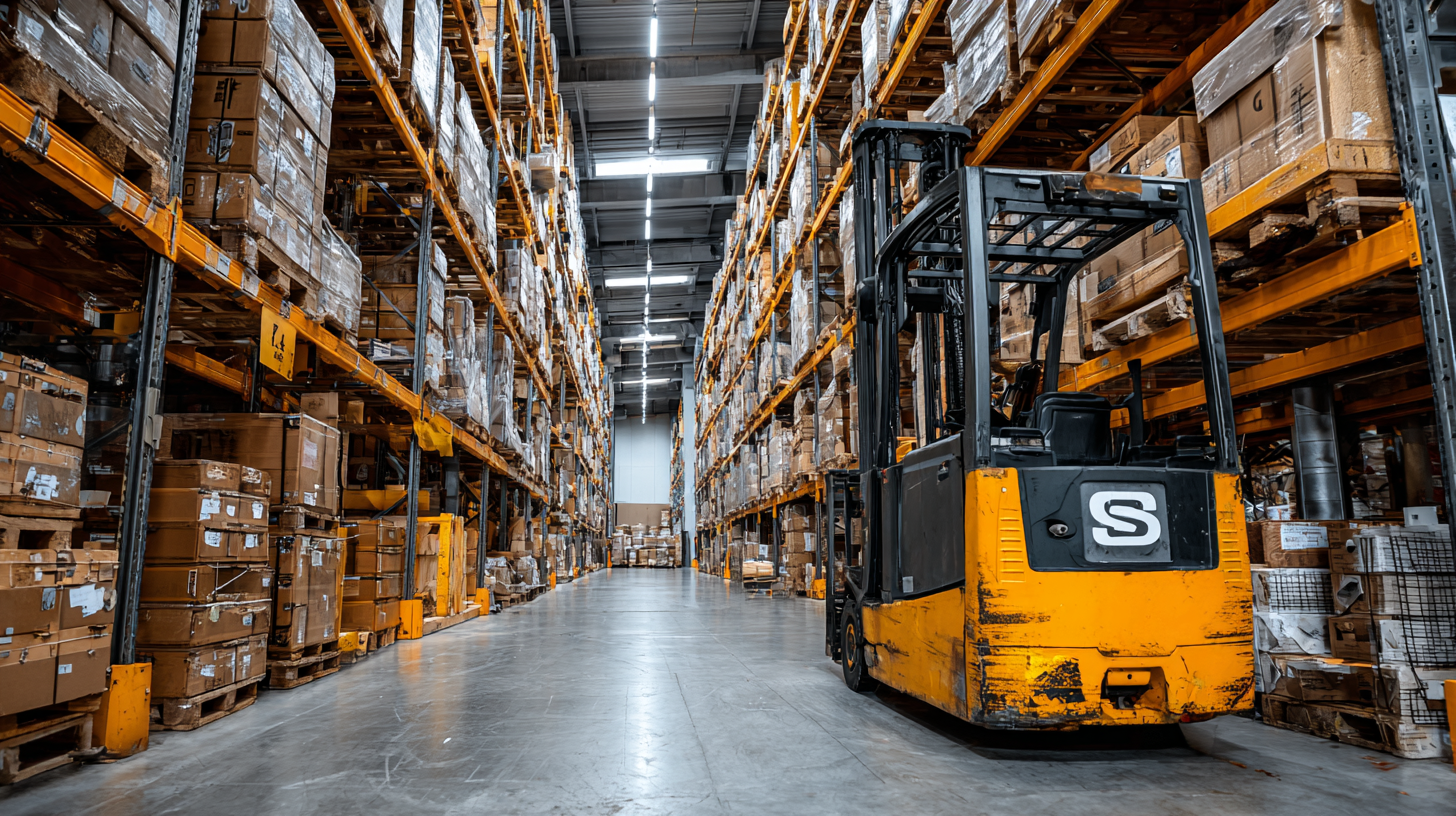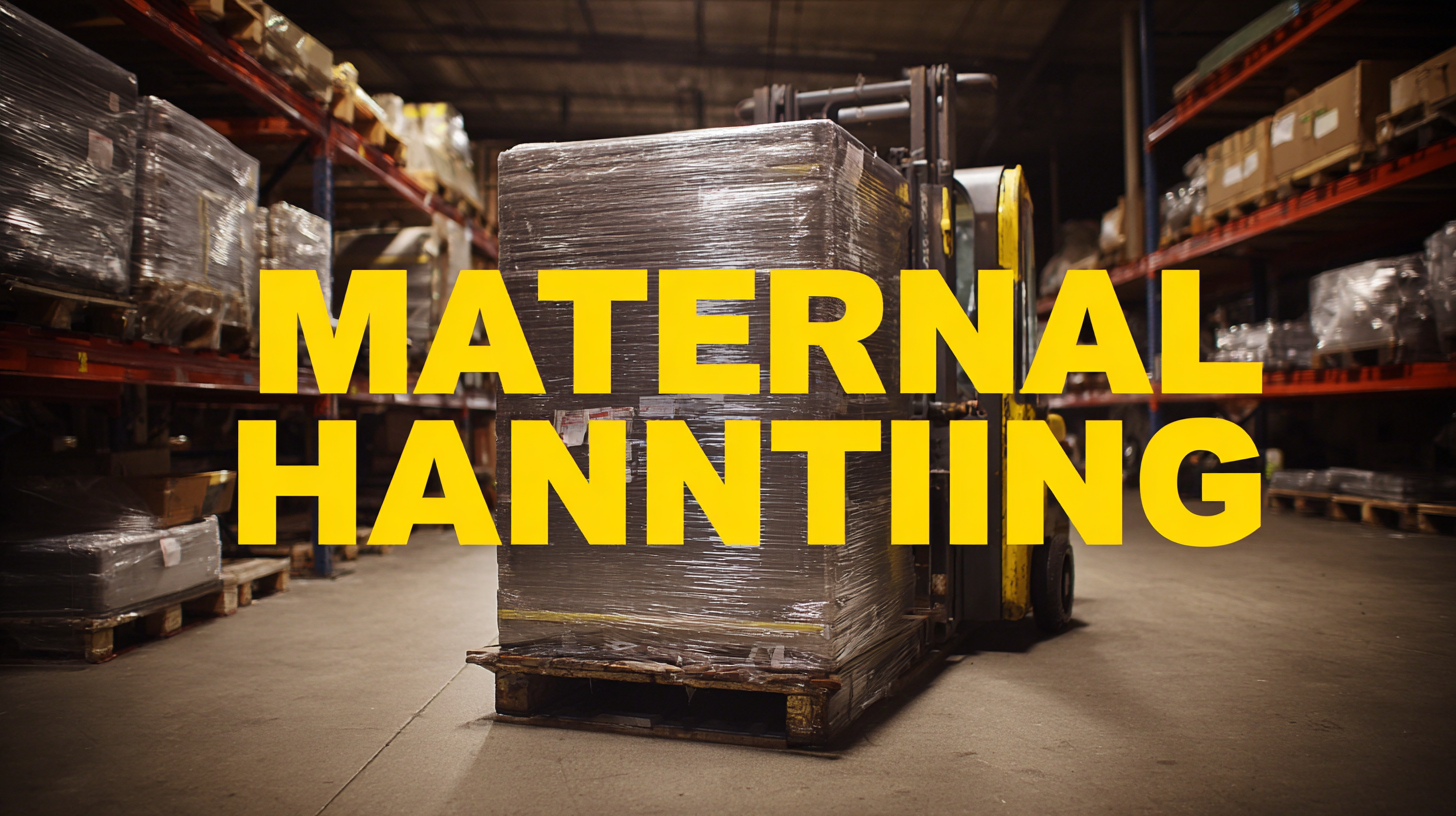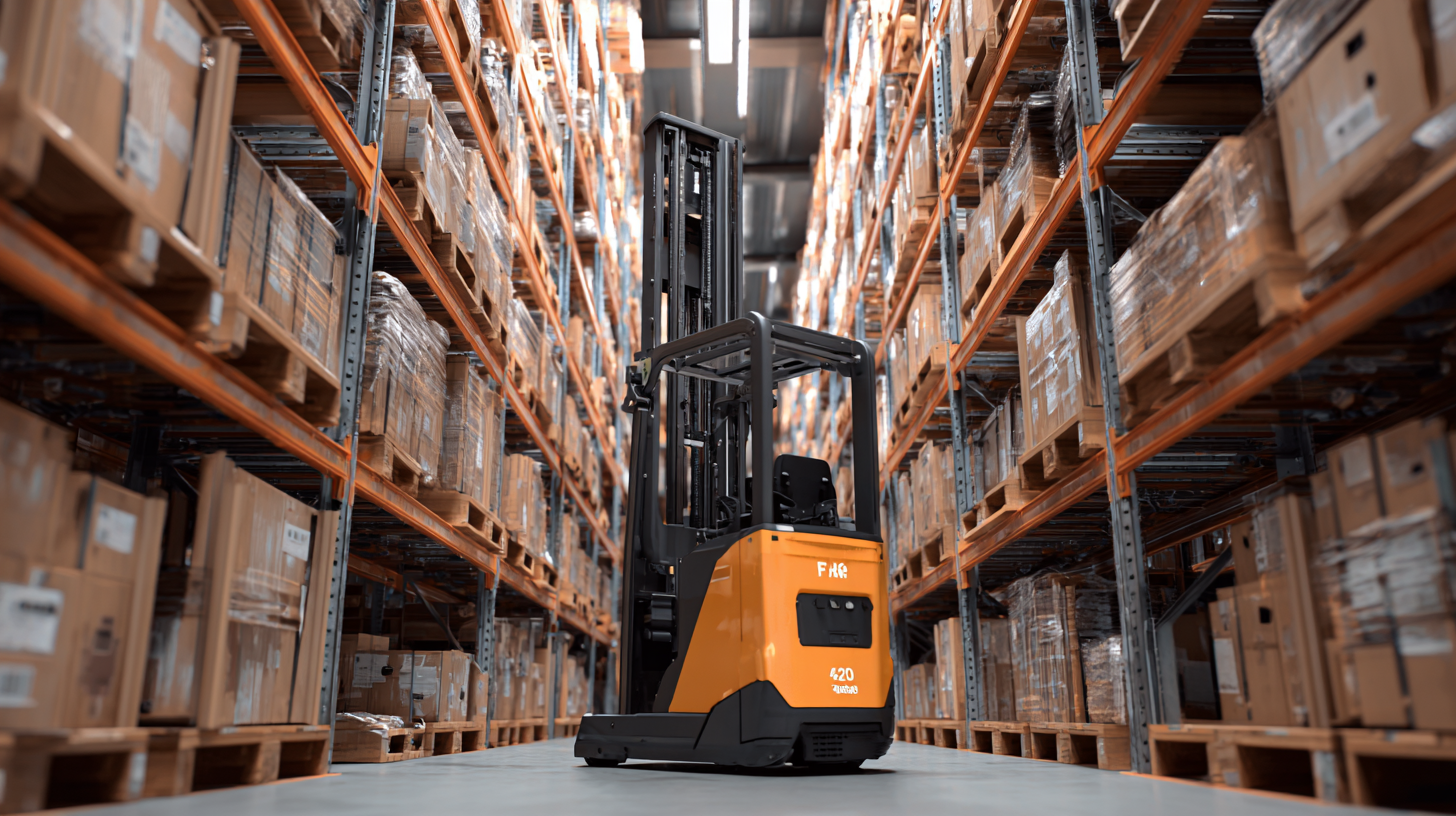7 Essential Tips for Choosing the Best Material Handling Equipment for Your Business
In today's fast-paced industrial landscape, the efficiency and productivity of a business often hinge on the effectiveness of its Material Handling Equipment (MHE). According to a recent report by the Material Handling Industry of America (MHIA), the material handling equipment market is projected to reach $200 billion by 2026, highlighting its critical role in supply chain management. Businesses are continually seeking ways to optimize their operations, and the right MHE can significantly reduce labor costs, increase safety, and enhance operational efficiency. However, with a plethora of options available, choosing the best equipment can be daunting. This blog will provide seven essential tips for selecting the most suitable material handling equipment tailored to your business needs, ensuring that you stay ahead of the competition and maximize your investment.

Identifying Your Business Needs: Understanding Material Handling Requirements
When selecting the right material handling equipment for your business, the first step is to clearly identify your specific needs. Every business has unique operational requirements that can significantly affect how materials are stored, moved, and managed. Begin by assessing the types of products you handle—consider factors like weight, size, fragility, and the frequency of movement. This initial evaluation will provide insight into the equipment best suited for your operations, whether it’s forklifts, conveyors, or automated systems.

Next, take into account the layout of your workspace and any existing infrastructure. The efficiency of your material handling processes can often be optimized by tailoring your equipment choices to fit the physical environment. For instance, narrow aisles may necessitate more compact or specialized equipment, while larger operations may benefit from more scalable solutions that can adapt to changes in volume or function. Additionally, consider safety requirements and ergonomic factors to ensure that the equipment not only improves productivity but also protects your workforce. By understanding your unique material handling requirements, you can make informed decisions that enhance operational efficiency and support the growth of your business.
Evaluating Different Types of Material Handling Equipment Available
When evaluating different types of material handling equipment, it’s crucial to understand that each type serves a specific purpose and comes with unique benefits. For businesses focused on improving efficiency and productivity, choosing the right equipment can dramatically impact operations. Forklifts, for example, are essential for lifting and transporting heavy loads, while pallet jacks offer a more manual approach for smaller, less heavy items. Understanding the weight capacity, maneuverability, and the size of the products being handled will guide businesses toward selecting the most suitable equipment.
Additionally, automated systems like conveyor belts or robotic arms are becoming increasingly popular due to their ability to streamline processes and reduce labor costs. It’s important to assess the layout of your workspace and the flow of materials when considering these options. Investing in equipment that complements your operational workflow can lead to significant efficiency gains. Keep in mind that proper training and safety measures should be part of your selection process to ensure that the equipment is used effectively and safely.
Comparative Analysis of Material Handling Equipment Types
Assessing Space and Layout for Optimal Equipment Placement
When selecting the best material handling equipment for your business, assessing your space and layout is crucial for ensuring optimal equipment placement. Start by evaluating the physical dimensions of your workspace. Measure the height, width, and length of the area where the equipment will be used. This information will guide you in choosing equipment that not only fits within the designated space but also allows for safe movement and operation. A well-planned layout helps maximize efficiency and reduces the risk of accidents caused by overcrowding or obstructed pathways.
Additionally, consider the workflow of your operations. Analyzing the path materials take from arrival to storage and eventually to shipment can inform the arrangement of your equipment. For instance, placing forklifts and conveyors in strategic locations can streamline the process and minimize unnecessary movements. Keep in mind that future growth should also be part of your planning. Choosing equipment that can adapt to changes in layout or workspace dimensions will save you time and money down the line. By prioritizing space and layout in your equipment selection, you set your business up for smoother operations and enhanced productivity.

Considering Ergonomics and Safety Features in Equipment Selection
When selecting material handling equipment, prioritizing ergonomics and safety features is essential to enhance productivity and protect employees. According to the Occupational Safety and Health Administration (OSHA), poor ergonomics is responsible for an estimated 33% of all worker injuries, leading to significant financial burdens for businesses. Hence, investing in equipment that minimizes strain can lead to a healthier workforce and lower absenteeism rates.
One effective approach to ensuring ergonomic safety is to choose equipment that allows for adjustable heights and configurations, which can accommodate various worker sizes and preferences. The Institute of Occupational Safety and Health (IOSH) suggests that ergonomic solutions, such as adjustable forklifts and conveyor systems, not only improve comfort but can boost efficiency by as much as 25% while significantly reducing the risk of musculoskeletal disorders. Additionally, selecting equipment with built-in safety features, like automatic shut-off systems and proximity sensors, can further enhance workplace safety, reducing the likelihood of accidents. Integrating these considerations into your equipment selection process is crucial for fostering a sustainable and safe work environment.
7 Essential Tips for Choosing the Best Material Handling Equipment for Your Business - Considering Ergonomics and Safety Features in Equipment Selection
| Tip No. | Tip Description | Ergonomics Feature | Safety Feature |
|---|---|---|---|
| 1 | Assess your specific handling needs | Adjustable height controls | Emergency stop buttons |
| 2 | Evaluate load capacities | Proper grip handles | Tilt sensors |
| 3 | Check durability and maintenance requirements | Easy-to-clean surfaces | Built-in safety locks |
| 4 | Consider the space and layout of your facility | Compact design options | Forklift-free zone indicators |
| 5 | Review ergonomic guidelines | Soft-grip pads | Safety goggles included |
| 6 | Test equipment for ease of use | Minimized bending and reaching | Anti-collision sensors |
| 7 | Seek training and support from suppliers | Customizable to user needs | Regular safety audits |
Budgeting and Cost Analysis: Choosing Equipment That Fits Your Finances
When selecting material handling equipment for your business, budgeting and cost analysis are crucial steps that cannot be overlooked. Understanding your financial constraints will help you avoid overspending and ensure that the selected equipment delivers the best return on investment. Start by determining your budget, considering not only the initial purchase price but also ongoing costs such as maintenance, storage, and training. A comprehensive financial assessment will reveal whether to opt for new equipment or consider refurbished options, which can often provide significant cost savings without sacrificing quality.
Another important aspect of cost analysis is to evaluate the potential impact of equipment on your operational efficiency. Investing in high-quality machines that enhance productivity and reduce labor costs can ultimately lead to long-term savings. It's wise to analyze the total cost of ownership, which includes purchase price, operational costs, and potential increases in productivity. By prioritizing equipment that aligns with your financial capabilities while also offering efficiency gains, you can make informed decisions that will drive your business forward without straining your finances.

